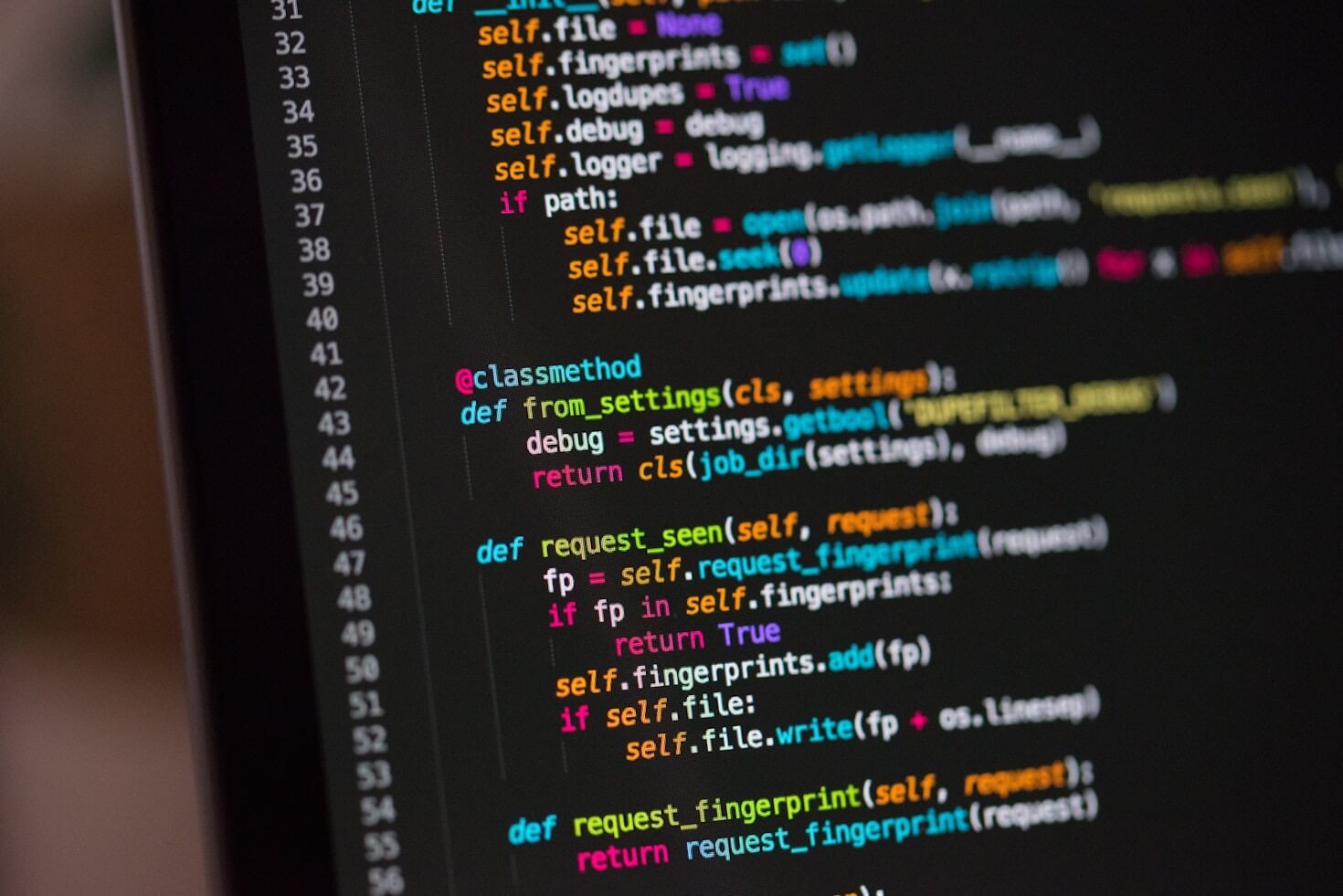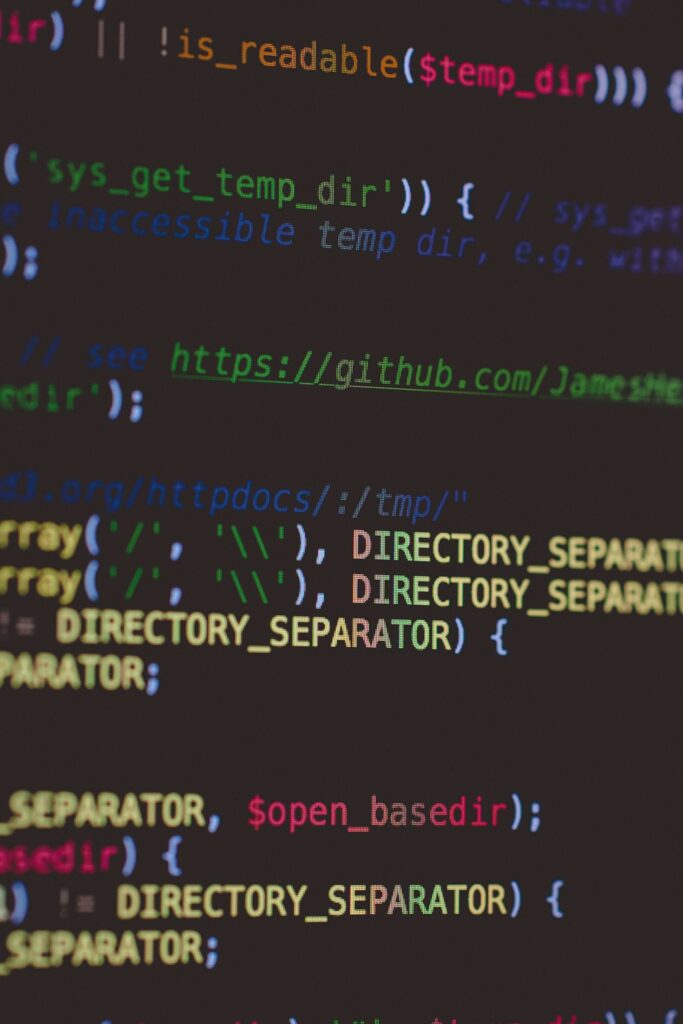
Java Basics: A Beginner’s Guide
Welcome to ‘How to Start Programming‘, where we inspire and empower future programmers. Discover the world of Java, Spring Boot, and Cloud with us, and see how we stand out by making complex topics simple and accessible.
Key Insights for New Coders
Explore our mission to inspire and equip aspiring programmers with essential knowledge in Java, Spring Boot, and cloud technologies. Our values of innovation and learning guide us in growing this dynamic community.
Beginner’s Guide
Java Streams
Explore key Java stream basics effortlessly.
Concurrency
Delve into Java concurrency fundamentals.
Testing Framework
Become proficient in the fundamentals of testing frameworks.
Database Basics
Understand SQL Database for rapid setup.

Blog
Dive into our blog for a wealth of articles, insights, and resources designed to inform and inspire your programming journey.

What is Solid Design Principle in Java?
The SOLID design principles in Java are a set of guidelines that help developers create…

What is ExecutorService in Java
Learn to use Java ExecutorService to execute a Runnable or Callable class in an asynchronous way. Also,…
An Introduction to Learning
Explore key resources to boost your programming journey.
Master Java Programming Today
Discover the advantages of learning Java, Spring Boot, and cloud. Sign up to stay informed and boost your tech skills.




